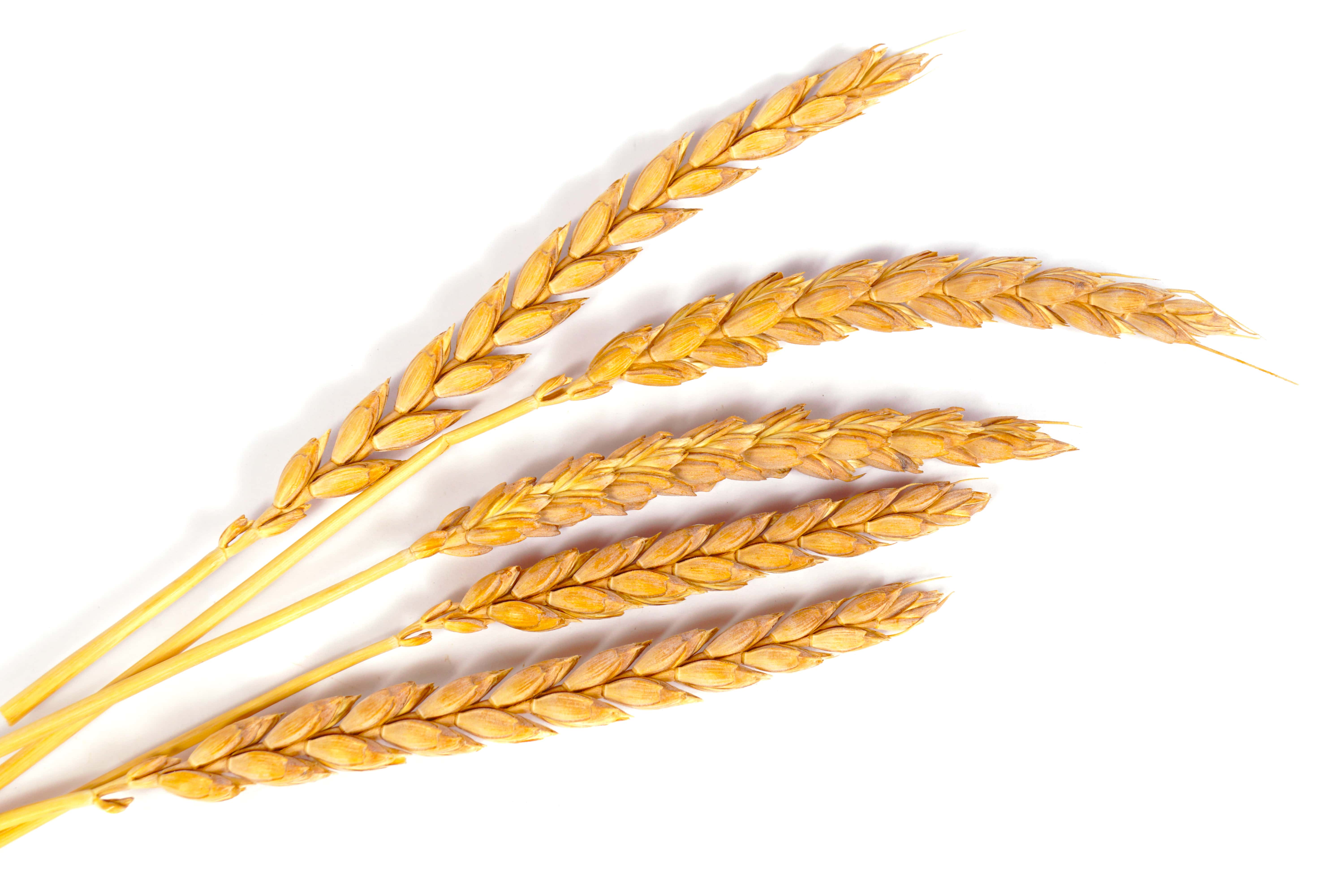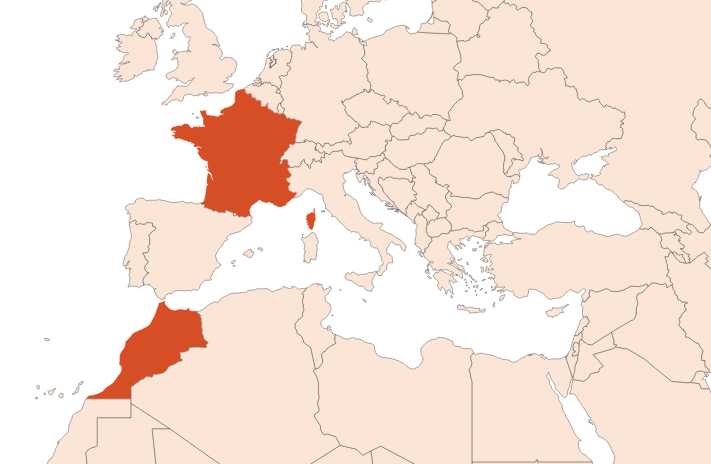
| Company | Ingredient Name | ID | Comments | Naturality | Certifications | Purity | Latin name | Treated part | Geographical origin | MOQ |
|---|---|---|---|---|---|---|---|---|---|---|
|
|
Son Absolue - 30gr | - |
Visit website
|
- | - | - | - | - | - | |
|
|
BRAN Absolute | M_0056983 |
Visit website
|
Naturel | - | - | - | - | - |
General Presentation
-
CAS N° : 68916-76-7
-
EINECS number : 281-689-7
-
FEMA number : Donnée indisponible.
-
Appearance : Viscous brown liquid
-
Density :
-
Volatility : Base
-
Price Range : €€€€
Physico-chemical properties
-
Optical rotation : Donnée indisponible
-
Vapor pressure : Donnée indisponible
-
Refractive Index @20°C : Donnée indisponible
-
Acid Value :
-
Flash Point :
Uses
Uses in perfumery :
Used in fine fragrance to obtain cocoa, gourmet, tea and dried fruits effects. Allows to nuance base notes.
Major Components :
Data not available.

Photo credits: ScenTree SAS
Botanical name :
Triticum aestivum L.
Synonyms : Frumentum triticum E.H.L.Krause // Triticum aestivum Fiori & Paol., 1896
Botanical profile :
Wheat is a cereal of the Poaceae family and the genus Triticum
Chemotypes :
Many wheat can be grown, but only soft wheat (Triticum aestivum) is used for perfumery. Other wheat worth mentioning are:
Durum wheat (Triticum durum), used to make semolina, pasta and bulgur among others.
Club wheat (Triticum compactum), close to soft wheat.
Emmer wheat (Triticum dicoccoides), close to hard wheat.
Einkorn wheat or single grain (Triticum monococcum) highly proteinic.
Extraction process :
No matter the type of wheat, ''wheat bran '' refers to the envelope of the cereals caryopsis. The caryopsis is what we could call the wheat ''seed ''. The wheat plants are planted three to four months before their harvest and are spaced a few centimetres apart. Then there is winter wheat and spring soft wheat, which are sown in autumn or winter, respectively. This cereal requires very little moisture and a relatively sunny weather. It is the third most widely grown cereal in the world, behind rice and maize, with about 700 million tonnes of wheat produced worldwide each year.
Wheat is grown in regularly plowed fields. Ploughing is used to remove weed and insects infestation in the fields. The cultivation of wheat is subject to a simplified cultivation technique (No-till farming), which aims to make soil cultivation easier for all types of plants. For wheat, the seed is introduced directly into the soil, to avoid repetitive plowing which degrades the soil of culture. When it is ripe, the wheat is mown by a combine harvester, and stored in the tank of the machine. When milling wheat, bran is a by-product and it is collected once the flour has been sieved and sifted after the wheat grains have been ground. For 100 kg of sieved wheat, 25 kg of wheat products is obtained, including the wheat bran, separated from the rest of the by-products by a new sieving step.
The extraction of bran is done directly after collecting the by-product. It is introduced into an extraction tank filled with hexane. The extraction lasts a few hours, then the solvent is evaporated and recycled. The concrete is obtained after removing the plant and the evaporating the solvent. The waxes of this paste are not soluble in alcohol. The concrete has to be diluted in ethanol and subjected to glazing to precipitate the waxes, which are removed from the mixture by filtration. After evaporation of the solvent, the absolute is collected.
Other comments :
The bran grown to obtain the absolute is the soft wheat bran.
Stability :
Solubility issues in perfumes
Stable in perfumes and in diverse functional bases
Regulations & IFRA
Allergens :
IFRA 51th :
This ingredient is not restricted for the 51th amendment

